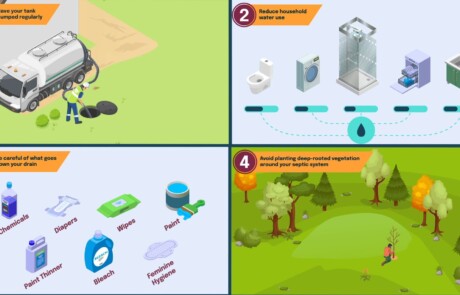Medical Simulation Videos have become essential tools for medical training. This example demonstrates a patient priorities-aligned approach to care.
The goal of the video is to help clinicians implement critical, but subtle, differences from a more typical patient-centered care approach–differences that really have to be seen to be transferred successfully into practice.
Why training in a patient priorities-aligned approach matters
The number of people with multiple chronic conditions is increasing. For these primarily older patients, there are many tradeoffs to consider and no one “best” treatment. A patient priorities-aligned approach helps ensure that patients’ priorities concerning their own health and life goals are the focus of decision-making and their care. Not only is this important for patient life satisfaction, but the approach has demonstrated evidence of improved outcomes, including:
- Reduced treatment burden
- Reduction in unwanted care
- Increase in desired care.
Why a medical simulation video about this approach matters
Since this is such a beneficial approach, it is important to show clinicians that it is feasible. In addition, many good clinicians believe they are fully taking patients’ priorities into account if they use a typical patient-centered approach. Thus, one needs to show how a Patient Priorities-aligned approach differs in practice. That is the power of medical simulation videos.
This particular medical simulation video combines two different simulations. In the first, the doctor uses a usual patient-centered approach, and is not able to discern her patient’s priorities fully or align treatment with those priorities. However, in the second simulation where she employs a patient priorities-aligned approach, she is able to accomplish both objectives. Other medical simulation videos may model just one approach to patient care, and many medical simulation videos focus on medical procedures.
Key uses of the medical simulation video
The institutions and medical practices leading the initiative to promote a Patient Priorities-aligned approach use this medical simulation video to reach additional health professional leaders and educators who want to transform clinical care to focus on what matters to patients.
For example, the video is a central component in a Tele Education Course, a virtual course that outlines this approach’s decision-making framework for persons with multiple chronic conditions. The course is delivered over 6 sessions, with an optional seventh session geared to people who wish to teach this framework to other health professionals or trainees. Continuing Education Units (CEUs) are available for the course. The video is also used at medical conferences, like those of the American Geriatrics Society where care for older patients is a focus.
“We used the…video in Session 1 specifically and got very good feedback on it. People endorsed that it helped them to see how…[the approach]…is different from patient-centered usual care.”
How do you produce a medical simulation video?
Expert clinicians, a volunteer patient, and a medical simulation lab were key for producing this medical simulation video. The clinicians leading the Patient Priorities-aligned approach initiative planned out the simulations and their educational objectives. Each of the two alternate scenarios then featured one of the expert clinician practitioners and a volunteer patient familiar with the approach. One of the collaborating universities provided the medical simulation lab designed specifically for filming medical simulation videos. Importantly, through use of multiple cameras and this lab to film this simulation, we see both the doctor’s perspective and the patient’s reaction to the two different approaches.
In addition to the scenarios, the final video includes segments that help to frame the scenarios for trainees. One of the initiative leaders, a well-respected geriatrician and researcher, provides both context and tips for what clinicians should look for when watching. The clinician in the video voices her perceptions of the relative successes of the different approaches. These portions of the video were filmed once the scenarios were edited.
A final touch for the videos is music, words on screen, and animation that help to engage the audience and increase the memorability of essential educational points and distinctions.
Different types of videos to advance an initiative
An earlier Animated Whiteboard Video produced by MiniMatters explains the patient priorities-aligned approach, and has served as one of the core communications pieces for the initiative. As the project has advanced, video has been used in different ways such as the above simulation video and more recent videos that promote the resources the team has developed for clinicians as well as patients and caregivers. All of these video resources tie together but serve different purposes in promoting this needed initiative at different phases.
MiniMatters has the versatility to produce these varied types of videos and can therefore serve as an excellent partner as a long-term project such as this, or yours, as you seek to move it forward. To explore your video needs, simply request an estimate. We’re here to help you succeed!







